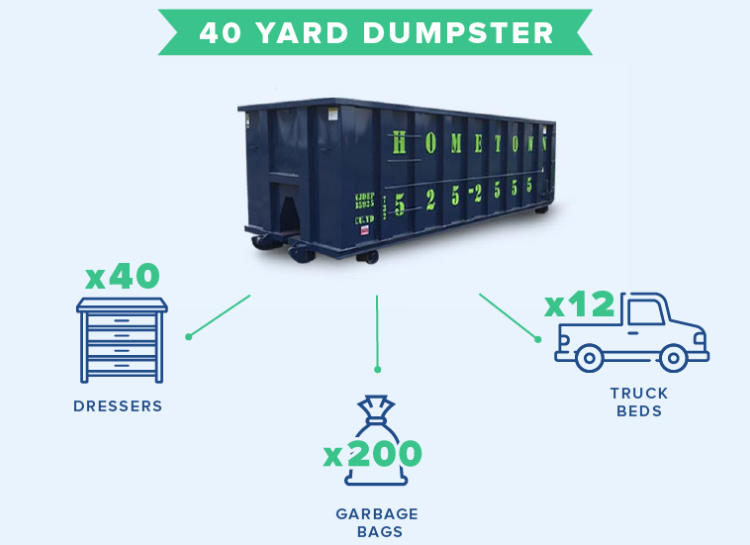Selecting The Perfect Dumpster Dimension For Your Job: A Comprehensive Overview
Selecting The Perfect Dumpster Dimension For Your Job: A Comprehensive Overview
Blog Article
Authored By-Romero Koch
When starting a job that calls for a dumpster, the dimension you select can considerably influence its efficiency and cost-effectiveness. Think of having the perfect container that accommodates all your waste without being excessively large or too tiny. dumpster rental phoenix of it begins with recognizing the nuances of your project and selecting a dumpster dimension that straightens with your particular needs. So, before you choose, consider the aspects at play to make sure a seamless waste administration process from beginning to end.
Factors to Consider
When deciding on the ideal dumpster dimension, there are several key elements to think about.
First, consider the sort of waste you'll be throwing away. Various materials might call for differing quantities of space, so understanding what you'll be placing in the dumpster is essential.
Next off, analyze the quantity of waste you anticipate to generate. If you underestimate the volume, you might need to make several journeys to throw away everything, which can be troublesome and costly. On the other hand, renting out a dumpster that's as well big can cause unnecessary expenses.
In addition, consider the room where the dumpster will be placed. Make certain there suffices room for the dumpster to be supplied and gotten without any obstructions.
Lastly, think of any weight limitations that might apply. Going beyond the weight limitation can cause added charges or perhaps the refusal of service.
Dumpster Size Alternatives
For choosing the ideal dumpster dimension, it's essential to have a good understanding of the offered options. Dumpster dimensions commonly vary from 10 to 40 cubic yards, with variants in between.
A 10-yard dumpster is suitable for little jobs like a garage cleanout or a tiny restoration. If you're dealing with a medium-sized task such as a cooking area remodel or a cellar cleanout, a 20-yard dumpster may be the best choice.
For bigger tasks like a whole-house restoration or business building and construction, a 30 or 40-yard dumpster could be preferable to suit the volume of waste produced.
When deciding on a dumpster dimension, take into consideration the amount and kind of debris you expect to get rid of. It's much better to choose a slightly larger dimension if you're uncertain to avoid overfilling. Keep in mind, it's more cost-efficient to rent a dumpster that fits your requirements as opposed to having to buy an added one.
Matching Size to Task
Optimally matching the dumpster dimension to your job is crucial for efficient waste administration. To identify the best dimension, take into consideration the extent and nature of your task.
For little family cleanouts or restorations, a 10-yard dumpster might be sufficient. These are normally 12 feet long and can hold around 4 pickup truck tons of waste.
For junk dumpster rental like renovating several rooms or clearing out a large estate, a 20-yard dumpster could be better. These are around 22 feet long and can hold around 8 pickup truck lots.
If you're taking on a major building project or commercial remodelling, a 30-yard dumpster could be the very best fit. These dumpsters have to do with 22 feet long and can accommodate about 12 pickup lots of particles.
Matching the dumpster size to your project ensures you have adequate area for all waste products without paying too much for unused capability.
Conclusion
Finally, selecting the appropriate dumpster size for your project is important for reliable waste disposal. By considering aspects like the type and quantity of waste, space availability, weight constraints, and spending plan constraints, you can ensure you have the suitable dimension dumpster for your requirements. See to it to match the dimension of the dumpster to the scope and nature of your project to prevent overspending on unneeded expenses.
